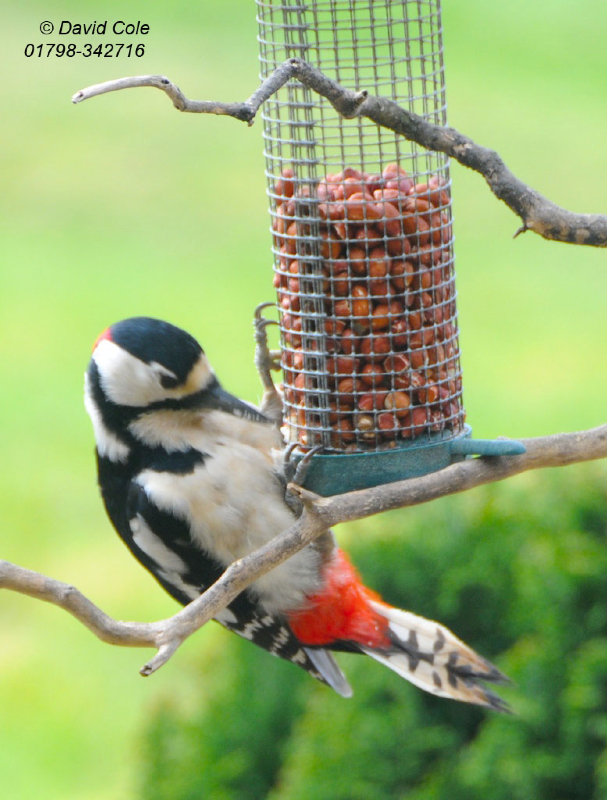- Home
- FAQs
- Customer Video Gallery
- Customer Photo Gallery
- Bird Facts
- Bird Food Blog
- Bird Information
- Feeding Advice
- Small Animal Information
- A to Z of Guinea Pigs
- A to Z of Hamsters
- A to Z of Rabbits
- Basic Care for Guinea Pigs
- Basic Care for Hamsters
- Basic Care for Rabbits
- Basic care for Chinchillas
- Basic care for Ferrets
- Basic care for Gerbils
- Basic care for Mice
- Basic care for Rats
- Buying a Healthy Small Animal
- Does your Reptile need a Licence
- Equipment for Ferrets
- Equipment for Hamsters
- Equipment for Mice
- Equipment for your Chinchilla
- Equipment for your Gerbil
- Equipment for your Guinea Pig
- Equipment for your Rabbit
- Keeping a House Rabbit
- Dog Information
- Cat Information
- Customer Information
- Fat Balls
- Suet Pellets
- Straights
- Seed Mixes
- Suet Treats
- Mealworms
- Bird Feeders
- My Account
Great Spotted Woodpecker
Date: 2015-05-13 16:03:09 | Category: Bird Feeding | Author: David Cole
The Great Spotted Woodpecker (Dendrocopos major) is a treasure to attract to your bird table – much more common nowadays the birds have several unique features and identifying marks.They have a number of feather features which enables you to see whether it is a mature male, mature female or a juvenile. The mature male has a red patch on the back of the head while the female has no red on the head at all – the youngsters start off with a red forehead which they lose on their first moult.
At your bird table they will take most food – being fond of peanuts – and of late I have seen how keen they are on the Utterly Peanut Butterly which TWOOTZ have just started to supply. When I walk my pack of hounds I have a small pot of the stuff and a stick so that I can push some into holes in the bark of large trees (fairly high up – the dogs fancy this feed as well!).
One of the natural feeds for the Great Spotted Woodpecker is a grub hidden deep in the bark of a tree – hitting a solid tree with your beak so hard that splinters fly ought to cause the brain to rotate in the way that causes concussion in Man. But not a bit of it.
The evolution of the bird’s drilling equipment has provided very sophisticated shock absorbing adaptations involving the way that the bird’s beak joins the skull. The stresses are transmitted directly towards the centre of the brain and do not cause the knockout swirl.
They have another helpful adaption – a tongue which coils inside their mouths and can extend up to nearly five centimetres to reach the grub at the back of the hole.





